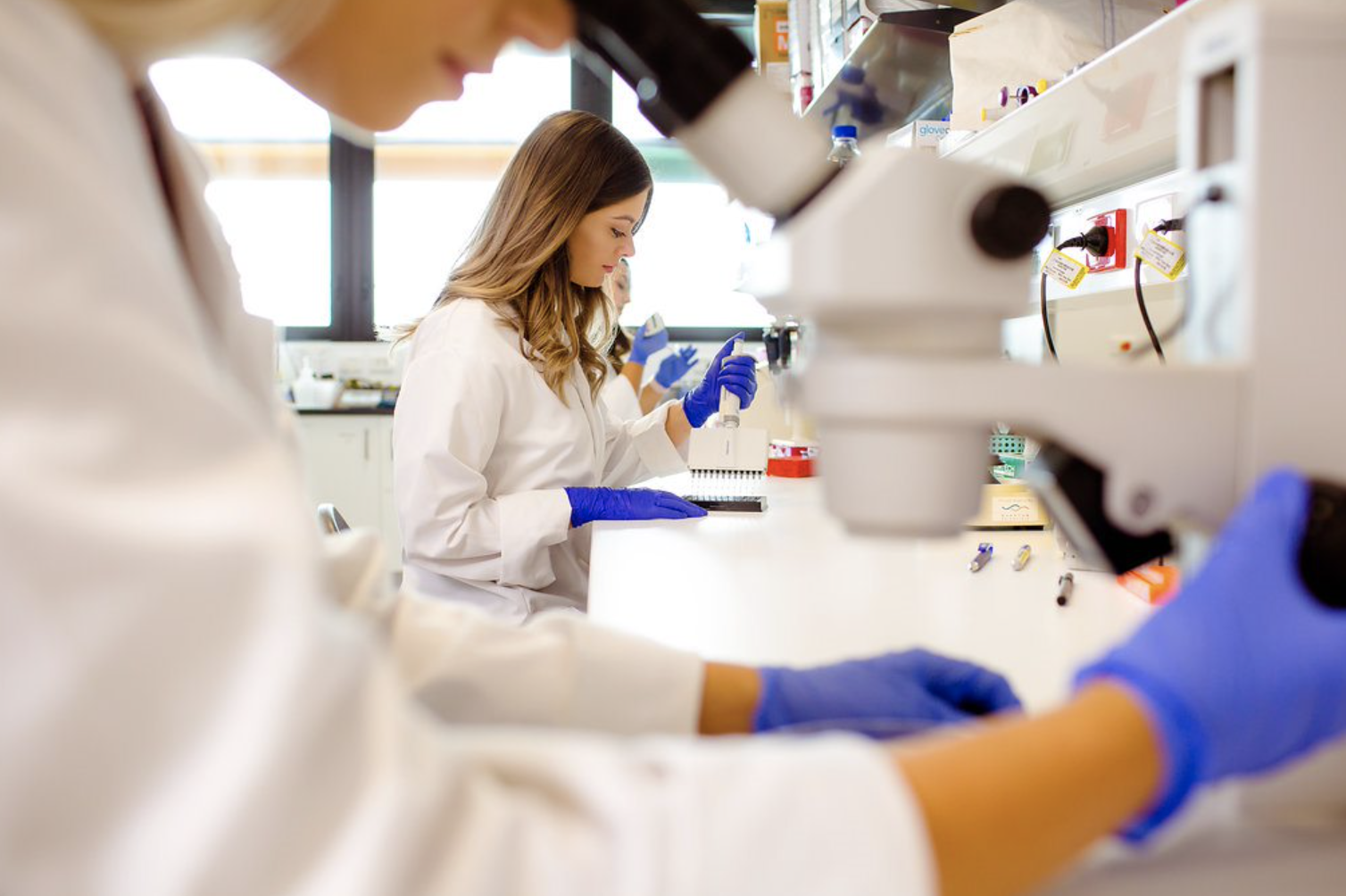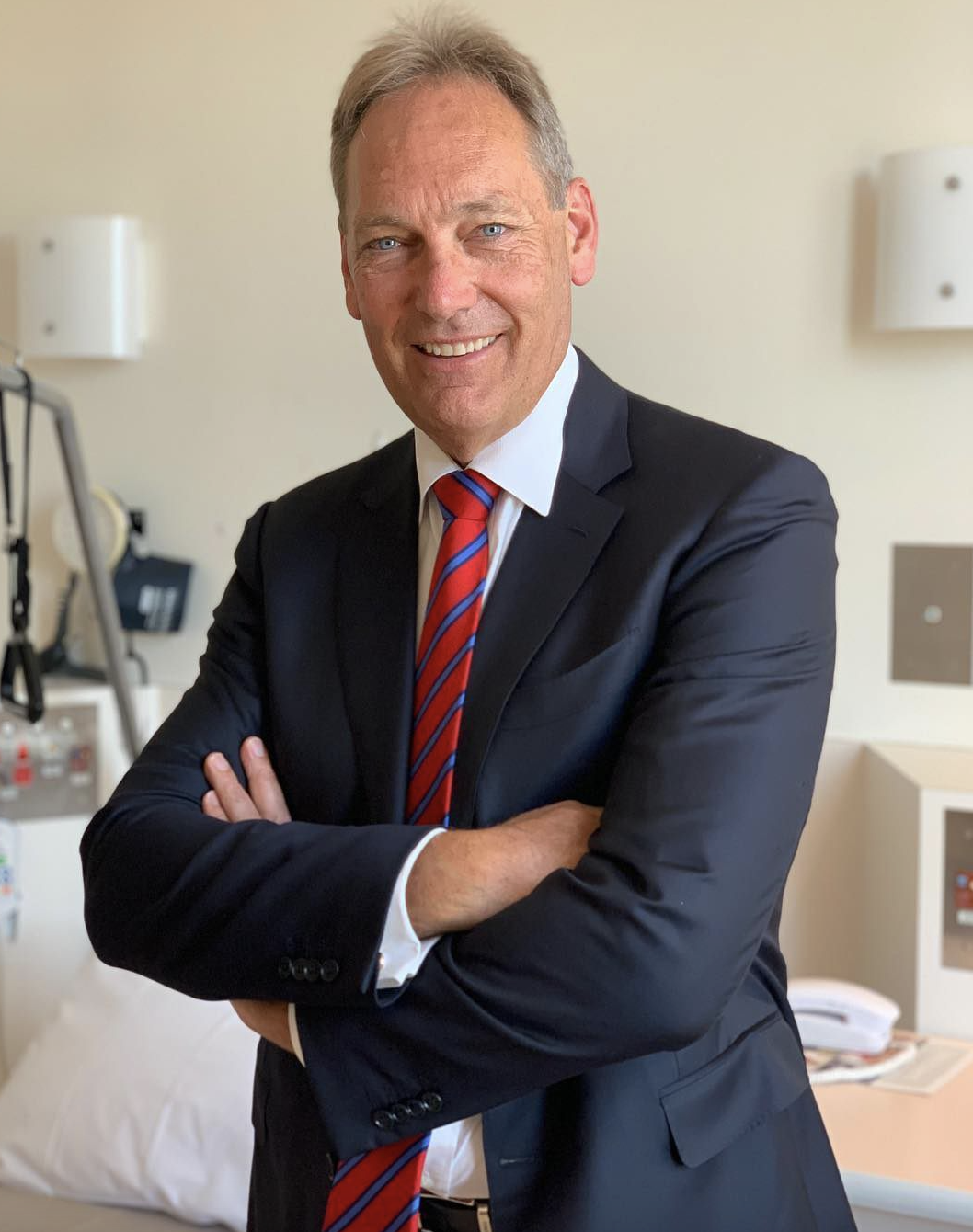In 1809, on Christmas Day, Jane Todd Crawford had a 9kg tumour removed from her abdomen. This was the first documented case of ovarian cancer tumour removal, according to Cancer Connect. Since then, although an early detection test is not yet available and treatment options are limited, there have nevertheless been significant milestones in our understanding of the disease and technological advances. This progress indicates that we are only getting closer to reducing the threat of ovarian cancer.
Understanding the disease
Ovarian cancer is a complex disease with at least seven major subtypes. However, there’s no denying that knowledge in the field is increasing in line with greater research investment.
“Today we understand more about the disease, such as genetic risks including BRCA 1 and BRCA 2 mutations. We know detection in the earliest stages is necessary to increase survivability. Now there are different biomarker approaches being explored. We also better understand mechanisms through which ovarian cancer spreads,” observes Professor Tom Jobling, co-founder of the Ovarian Cancer Research Foundation (OCRF) and Head of Gynaecological Oncology at Monash Health.
Changes in the lab over time
The discovery of the blood protein CA125 in the 1980s was a breakthrough at the time, and though it has since been proven insufficient to detect ovarian cancer at stages early enough for successful treatment, it does provide a benchmark that can be used for those who have been diagnosed, where disease progress or recurrence must be monitored. More recent technologies have allowed researchers to propel their studies. Using mass spectrometry equipment over the last decade researchers have been able to examine miniscule components of tumour tissues, to identify differences between malignant and benign tumours — which is important in biomarker and early detection research. Additionally, CRISPR screening technology enables researchers to, for example, identify genes or DNA sequences causing cells to either become resistant or sensitive to a drug.
 OCRF researchers at the Hudson Institute of Medical Research
OCRF researchers at the Hudson Institute of Medical Research
Finding answers in data
Alongside technological advances in the lab, data analysis is becoming increasingly important in ovarian cancer research. Funded by the federal government’s Medical Research Future Fund and supported by the OCRF, Professor Elina Hypponen is currently reviewing data that has been collected from over 273,000 women for the UK Biobank. This data allows Professor Hypponen to conduct the largest assessment of the impact of lifestyle risk factors and exposures on the development of ovarian cancer.
Clinical practice advances
Surgeons and clinicians are also continually seeking to understand how to treat ovarian cancer in the most successful and least invasive way possible. With limited treatment options this is not an easy task, but there has been good news for the prospect of parenthood beyond ovarian cancer. In 2013 Professor Tom Jobling’s patient, Vali Creus, became the first in the world to have her fertility restored after treatment. The surgery was undertaken by the Head of the Royal Women’s Hospital IVF Fertility Preservation Service, Associate Professor Kate Stern. This surgical breakthrough demonstrated that when placed into the abdomen, ovarian tissue could be used to grow fertile eggs despite removal of the ovaries and treatment of cancer.
 Professor Tom Jobling, co-founder of the Ovarian Cancer Research Foundation (OCRF) and Head of Gynaecological Oncology at Monash Health
Professor Tom Jobling, co-founder of the Ovarian Cancer Research Foundation (OCRF) and Head of Gynaecological Oncology at Monash Health
The OCRF facilitating change
Cancer treatment history shows that improvement in survivability results from sophisticated detection and evolving treatment methods. The OCRF continues to invest in research aligned to four priorities set out in its Research Strategy: Early Detection, New & Effective Treatments, Managing Recurrence and Prevention.
The OCRF was founded as a seed-funder, with the aim of supporting researchers in the early stages of their projects where funding is particularly scarce. CEO Lucinda Nolan joined the OCRF in 2016. An experienced leader, the OCRF was a meaningful next step for Lucinda, “My sister-in-law and Godmother had both died from the disease. It was such a wonderful opportunity to actually make a difference and to ensure that we built hope for future generations of women and girls. I didn’t want other people to go through what we did as a family.”
Since its inception in 2000, the OCRF has taken on initiatives to support the Australian research community by funding research projects and facilitating key initiatives. In 2020 the OCRF commissioned the State of the Nation in Ovarian Cancer: Research Audit which was carried out independently by Insight Economics. This crucial audit sought feedback from the research field to understand their experiences and how the OCRF could assist and mitigate some of the hurdles, as well as providing a depth of understanding of the landscape of ovarian cancer research and funding. The findings in this report provide vital instruction for all players in the ovarian cancer sector, guiding them towards meaningful opportunities that will have the greatest impact and improve survival rates.
The OCRF has pushed to keep researchers in the lab by altering its funding model to encourage multi-year grants. This means researchers are not under continual pressure to source funding, but rather can concentrate on the research at hand. During the last decade, the OCRF has also funded two tissue banks in Victoria and Adelaide to improve access to much needed samples.
The pace of progress
There is still much to be achieved in the ovarian cancer research field to alleviate the threat for women and girls. In the meantime, Professor Jobling offers perspective, “In 1812, the average life expectancy of a woman was 46. By 2012, this had increased to 86. That’s 40 years of increased life over 200 years, due in part medical breakthroughs. So, while it takes time, the field is only moving more and more quickly in the right direction.”
Although survival rates for ovarian cancer patients haven’t changed significantly in decades, technological advances, and an increased scientific knowledge of the disease, indicate that meaningful breakthroughs across early detection and treatment are closer than ever before. By supporting skilled researchers, increasing funding capacity and continually advocating to government, the OCRF is committed to narrowing the timeframe between now and a future where every woman and girl is free from the threat of ovarian cancer.